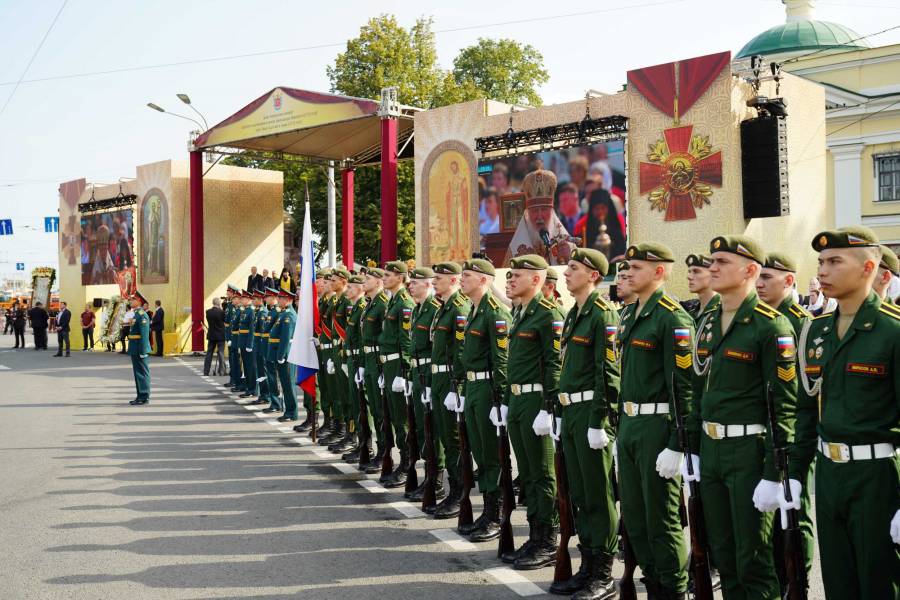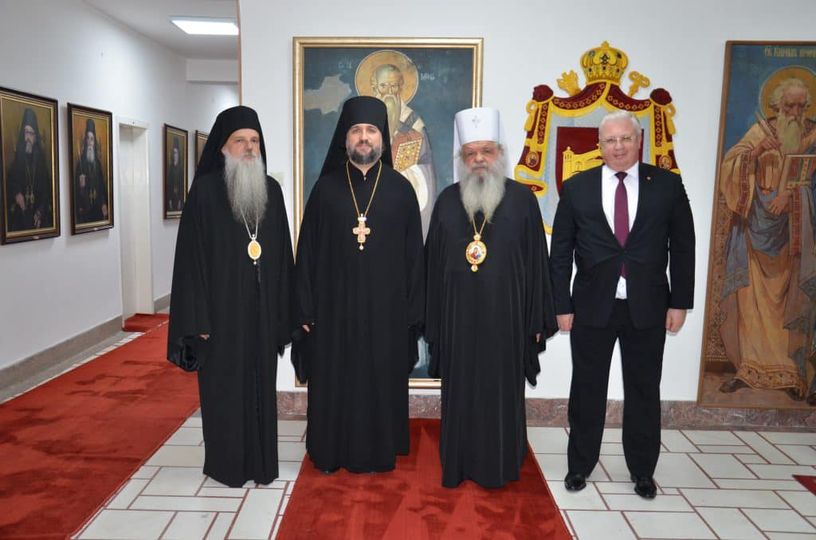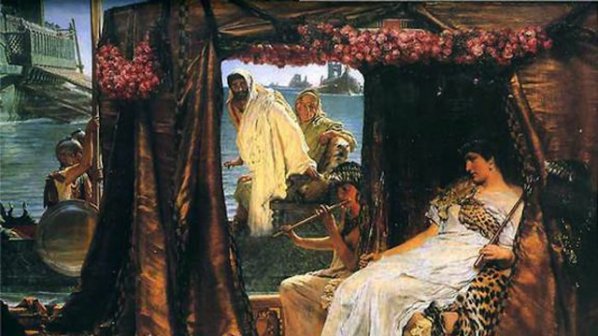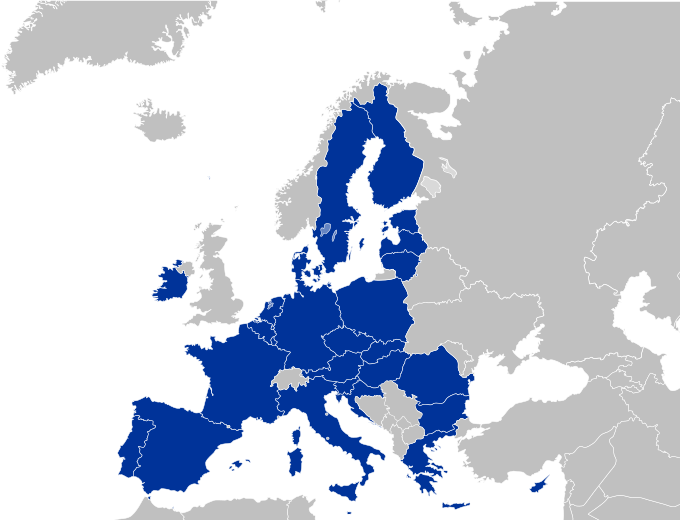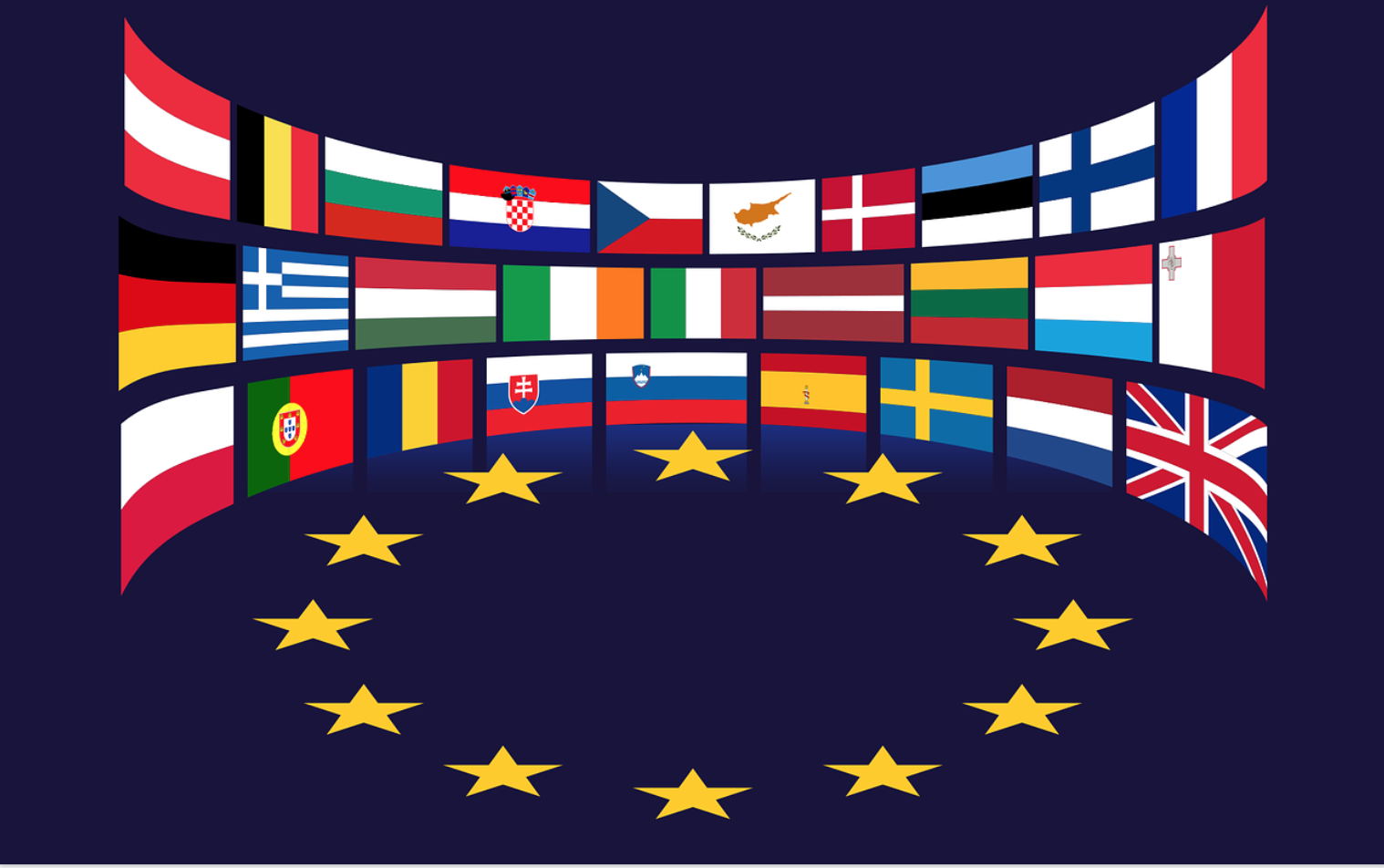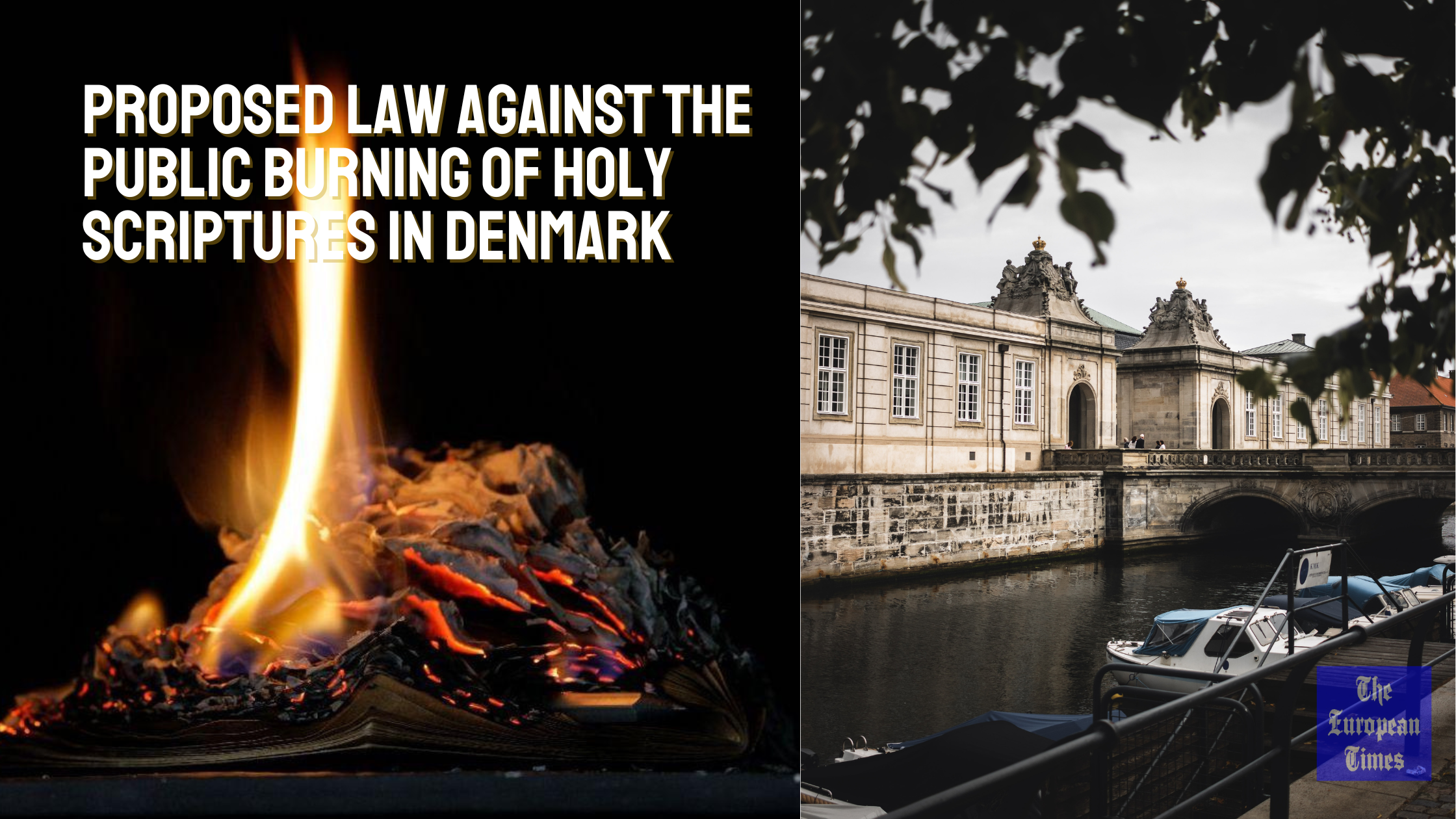On September 12, to the ringing of bells, the Russian Patriarch Cyril, in the presence of members of the government of St. Petersburg and “participants of the special military operation”, carried with lithium the coffin with the relics of Prince Alexander Nevsky to the Church of the Annunciation of the Alexander Nevsky Lavra, where the historical silver crab handed over to the Russian Orthodox Church from the State Hermitage was placed. In May 2023, the Hermitage and the Russian Orthodox Church signed an agreement to transfer the tomb for temporary use for 49 years, with the possibility of extending this period.
The Silver Tomb remains state property and part of the country’s museum fund. Its condition will be monitored by Hermitage employees: temperature conditions and humidity, anti-corrosion particles in the air and other indicators will be monitored in real time. Sensors have been installed in the Annunciation Temple, which are connected to computers in the Hermitage.
The relocation of the reliquary was carried out on the eve of the holiday celebrated by the Russian Orthodox Church on September 12 – the day of the transfer of the relics of St. Prince Alexander Nevsky. The wooden coffin was placed in the silver one, and the saint’s relics, kept in the Lavra, were brought there in a procession led by Patriarch Cyril.
This is considered another significant victory of the Russian Orthodox Church, after it was able to receive Rublev’s “Holy Trinity” icon by order of V. Putin. The icon of Rublev and the historic massive cancer that kept the body of the Russian prince were handed over to the Russian Orthodox Church as thanks for the ideological support for the Russian war in Ukraine, as well as as signs of the new state ideology, in which the “sacred power” is given a leading place.
After placing the coffin with the relics of St. Prince Alexander Nevsky in a silver reliquary, Patriarch Kirill held a prayer service in the lower church of the Church of the Annunciation, at the grave of General A. V. Suvorov, whom the Russian Orthodox Church intends to canonize as a saint.
With this, he completed the landmark actions aimed at reinforcing in the mass consciousness the image of the “holy and God-pleasing war” – a leading theme in state propaganda today.
In his sermon, the Moscow Patriarch placed new emphasis on historical events that had the same goal – to confirm that all great Russian rulers in the past had the same vision of Russia’s place on the political map as the Kremlin does today. They aimed to fight the “collective West”, which is the greatest danger to the Russian state, and sought to protect “Russian identity from Western influence”.
In particular, Patriarch Kirill gave a new assessment of the policy of Peter the Great, who is known for his program to Europeanize the Russian Empire. According to the patriarch, however, Peter the Great had the exact opposite task – to preemptively prepare Russia for Western aggression by building defense facilities in Petersburg, as well as by increasing the role of the Russian Church. In fact, the ecclesiastical policy of Peter the Great aimed at the weakening of the Russian Church by its complete submission to secular power.
According to Patriarch Cyril, “Peter is fighting against Western political influences, aiming to weaken Russia, to occupy St. Petersburg at a certain point. The king was aware of all this, so he fortified St. Petersburg. Look at the forts that were built – they are truly amazing feats of engineering, still standing like new. The forts close the entrance to St. Petersburg and create a powerful defense system. Peter did not believe in the kindness of his neighbors, therefore St. Petersburg became both a capital and a fortress. But so that no intellectual, or rather pseudo-intellectual, pseudo-cultural, pseudo-spiritual influences could destroy the inner strength of our people, destroy their self-awareness, Peter made the new capital and capital of the Russian Orthodox Church”.
At the end of his speech, Cyril once again in the last month announced officially from the pulpit the idea that Russia is the so-called “katechon” from the message of St. Apostle Paul, or “restraining force” that prevents the coming of the antichrist into the world ( 2 Thess. 2:7). This means that the idea, which until a few years ago was considered marginal and characteristic only of philosophical circles such as Al’s. Dugin, is now becoming an official part of Russian church and state ideology. It also impresses Kremlin policy by giving Russia carte blanche to act throughout the world, not just in defense of its state interests. Here are the words of the patriarch:
“Today, Russia is faced with the task of emerging victorious from the struggle that the forces of evil have waged against us. And we should not underestimate the complexity of the moment! Today we need the mobilization of all – both military and political forces; and, of course, the church must be mobilized first. To pray for our authorities and army, but also to be there, on the front line, where our wonderful regimental chaplains are now working and, unfortunately, dying.
We still have a lot to do, not only on a national scale, but also, I am not afraid to say, on a global scale, remaining the Deterrent. And it is the Restraining Force, the Catechon, that prevents total world evil from overwhelming the entire human race. And may the Lord help us to fulfill in this way the great historical spiritual mission of our church, so that our fatherland can prosper, our people can be strengthened spiritually, and peace, tranquility and justice can be restored in the world”.



